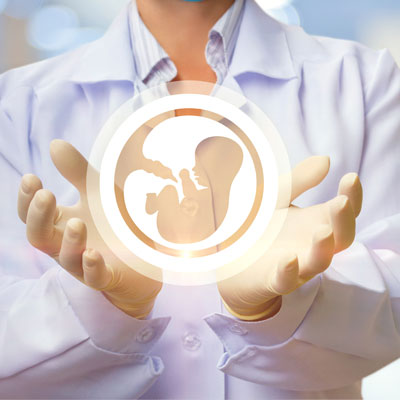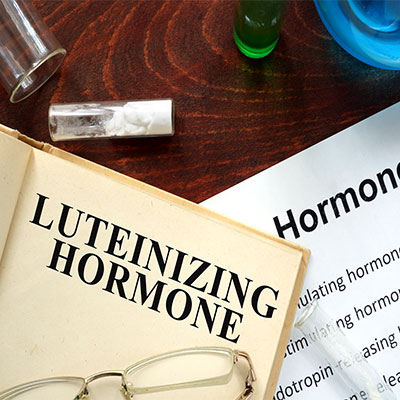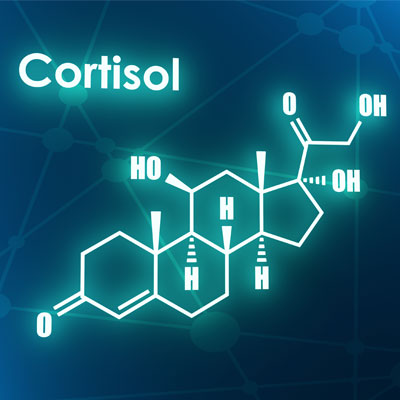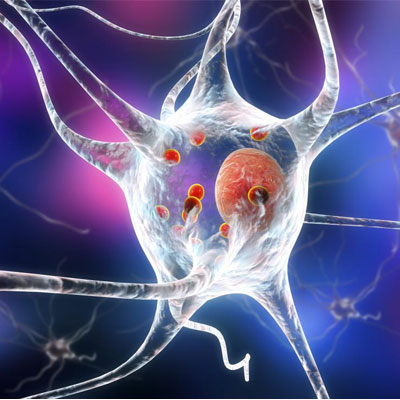What Is the Role of Testosterone in Women?
Contents
- What are the Normal Testosterone Levels for Women?
- What Is Low Testosterone in Women?
- What Are the Causes of Low Testosterone in Women?
- What Happens When a Woman Has Low Testosterone?
- High Testosterone in Women
- Causes of High Testosterone in Women
- Diagnosing of Testosterone Levels in Female
- What To Do If You Have Low Testosterone Levels
- Low Testosterone Treatment for Women
Testosterone may be the most important male hormone or androgen. However, testosterone is vital to the health and well-being of women as well.
Though testosterone is often thought of as a “male hormone,” it is an essential hormone for women too. Just as in men, testosterone plays a critical role in mental, physical, and emotional health. Women’s bodies make and need testosterone, albeit in lesser amounts than men’s. In fact, because women require only a small amount of testosterone to maintain good health, in a way, their bodies are even more sensitive to fluctuations in testosterone levels than men’s bodies are.
Women like men can suffer from low testosterone, but they can also be in trouble if their testosterone level is off in the other direction. It’s possible for a woman’s testosterone production to be too high or too low. And because testosterone is a key hormone in the body—in women and men alike—any testosterone imbalance can have a detrimental effect on your health and fitness.
Women’s bodies make and need testosterone.
What are the Normal Testosterone Levels for Women?
As in men, there is a range for what is considered the normal testosterone level for women. Of course, women’s bodies produce and secrete testosterone in much lower amounts than men. The normal range of testosterone levels for women is considered to be between 15 and 70 nanograms per deciliter (ng/dL). That same range for men is between 280 to 1,100 ng/dl.
As in men, a woman’s level of free testosterone in the blood fluctuates throughout the day.
Maintaining levels of testosterone within the normal range is critical for a woman’s overall health.
According to the Mayo Clinic, the normal range of testosterone levels for females is:
| Age (in years) | Testosterone range (in nanograms per deciliter) |
|---|---|
| 10-11 | <7-44 |
| 12-16 | <7-75 |
| 17-18 | 20-75 |
| 19+ | 8-60 |
The range for males is higher, depending on age:
| Age (in years) | Testosterone range (in nanograms per deciliter) |
|---|---|
| 10-11 | <7-130 |
| 12-13 | <7-800 |
| 14 | <7-1,200 |
| 15-16 | 100-1,200 |
| 17-18 | 300-1,200 |
| 19+ | 240-950 |
What Is Low Testosterone in Women?
As in men, low testosterone in women would be defined as a testosterone level in the blood that falls below the normal range. Women’s bodies do make testosterone, of course, in much lower amounts than men’s do. Research suggests that since women have so much less testosterone to begin with, when they start to lose it, as do men when they age, the negative impacts can come on sooner and greater.
Maintaining adequate supplies within the normal range of testosterone in the blood for women is critical to overall health and wellness. As in men, testosterone in women is necessary for sexual desire and performance. It also plays a critical role in cellular metabolism, and therefore a women’s ability to maintain a proper lean muscle to fat ratio.
Also, as in men, testosterone in women plays a role in cognition, mood, and maintaining healthy sleep patterns.
What Are the Causes of Low Testosterone in Women?

It is estimated that by the time a woman reaches 40, her testosterone level could be half of what it was in her 20s.
If you are a woman who believes you are suffering from low testosterone, the very first thing you should do is see your doctor and have your testosterone levels tested. This is very important, as the signs and symptoms of low testosterone in women can be similar to other serious medical conditions.
If, after taking a blood test, your doctor finds that your levels of free testosterone are lower than the normal range of testosterone for women, you may be a candidate for testosterone replacement therapy.
Testosterone replacement therapy for women is usually prescribed in conjunction with other hormone replacement therapies. The goal of testosterone therapy in women is to not only raise their levels into the normal female testosterone range but to bring all of your hormones into proper balance.
What Happens When a Woman Has Low Testosterone?
Maintaining adequate supplies within the normal range of testosterone in the blood for women is critical to overall health and wellness. As in men, testosterone in women is necessary for sexual desire and performance. It also plays a critical role in cellular metabolism, and therefore a women’s ability to maintain a proper lean muscle to fat ratio. Also, as in men, testosterone in women plays a role in cognition, mood, and maintaining healthy sleep patterns.
In fact, some of the most recent research seems to indicate that the reason why women are far more likely to develop Alzheimer’s disease later in life than men is due to the greater protection against dementia men receive by having more testosterone in their blood than women.
A recent study published in The Journal of Clinical Endocrinology & Metabolism found that postmenopausal women who were suffering from Alzheimer’s disease had below-normal testosterone levels and suggested that testosterone replacement could offer women a “neuroprotective effect.”
High Testosterone in Women
In addition to problems with low testosterone, women can have a problem if their testosterone level is above the normal range. Too much testosterone can cause symptoms that affect a woman’s physical appearance, such as increased hair growth or hair loss, acne, and decreased breast size. In more severe cases of testosterone imbalances in women, high testosterone can cause infertility and obesity.
Causes of High Testosterone in Women
There can be several causes of excessive testosterone production in women. Some of the most common causes of higher than normal testosterone levels in women are:
- Hirsutism – Hirsutism is a hormonal condition in women that causes the growth of unwanted hair, specifically on the back, face, and chest. The amount of body hair growth is highly dependent on genetics, but this condition is primarily caused by an imbalance of androgen hormones such as testosterone.
- Polycystic Ovary Syndrome – Polycystic Ovary Syndrome, or PCOS, is a common hormonal disorder that affects women of reproductive age. Some sources suggest that PCOS affects between 8 and 20 percent of women worldwide. Women are not usually diagnosed until they are in their 20s and 30s, but children as young as 11 years old can be affected. Other common complications of PCOS are infertility, miscarriage, type 2 diabetes, obesity, and endometrial cancer.
- Congenital Adrenal Hyperplasia (CAH) – CAH is the term given to a group of inherited disorders that affect the adrenal glands. These glands secrete the hormones cortisol and aldosterone, which play a role in managing metabolism and blood pressure. The adrenal glands also produce the male sex hormones DHEA and testosterone. Women with CAH lack one of the enzymes necessary to regulate the production of these hormones, so they secrete too little cortisol and too much testosterone.
Diagnosing of Testosterone Levels in Female
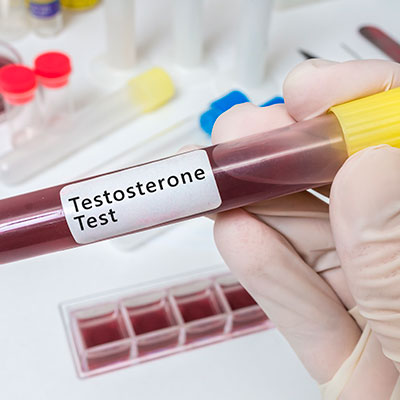
The test is typically performed in the morning when testosterone levels are at their highest. Prior to performing this test, your doctor may ask you to stop taking any prescriptions that could affect the test results.
Diagnosis of high or low testosterone levels are based on test results and the accepted normal ranges of testosterone levels in women mentioned above.
Your doctor will order testosterone testing if you have been exhibiting the signs and symptoms of either high or low testosterone.
The symptoms of HIGH testosterone in women include:
- Excess body hair, specifically facial hair
- Balding
- Acne
- Enlarged clitoris
- Decreased breast size
- Deepening of the voice
- Increased muscle mass
Overly high levels of testosterone in women can also cause:
- Irregular menstrual cycles
- Low libido
- Changes in mood
The symptoms of LOW testosterone in women include:
- Sexual health issues such as vaginal dryness and low libido
- Bone loss
- Weight gain, particularly belly fat that is difficult to lose
- Depression, anxiety, and mood swings
- Sleep issues
- “Mental fog,” forgetfulness, and other cognitive difficulties
Women can have a problem with too much or too little testosterone.
What To Do If You Have Low Testosterone Levels
Women who have been diagnosed with low testosterone can be effectively treated with testosterone replacement therapy. Unlike men who experience a drop in testosterone slowly over time, leading to low testosterone, low testosterone in women usually comes about along with the loss of female hormones during menopause.
As such, testosterone replacement therapy for women is rarely given alone and is usually an adjunct to other hormone replacement therapy (HRT) used to treat menopausal symptoms.
Low Testosterone Treatment for Women
Testosterone replacement therapy, especially when used in conjunction with typical hormone replacement therapies for pre and postmenopausal women, can have many positive effects.
However, testosterone therapy must be administered with caution and requires doctors with particular experience and expertise to prescribe testosterone therapy for women.
When properly prescribed and carefully monitored, testosterone therapy in women has been shown to:
- Improve bone health
- Increase libido and sexual health
- Improve energy
- Improve muscle tone
- Reduce fat, particularly belly fat
- Improve mental focus
- Reduce urinary urgency and or/incontinence
- Reduce vaginal dryness
- Reduce the incidence of hot flashes and night sweats
In addition, there was a German study that found that testosterone therapy in women may decrease the risk of a cardiovascular incident such as a stroke or heart attack, and unlike previous thinking, more recent research seems to suggest that testosterone therapy in women may, in fact, reduce the risk of breast cancer.
Testosterone replacement therapy is used to treat women with low testosterone.
Now that you know a bit more about the vital role testosterone plays for women and health, why not contact us today? We would be happy to answer any questions or concerns you may have about testosterone replacement therapy.
FAQ
Why Do Women Need Testosterone?
Maintaining levels of testosterone within the normal range is critical for a woman’s overall health.
But more than that, testosterone serves some very specific purposes in a woman’s body. It is vitally important in bone health. Proper testosterone levels support a women's bone strength and bone health and may help prevent the age-related bone loss that can lead to osteoporosis. A 2016 study published in the journal Clinical Interventions in Aging found that both testosterone and estrogen are essential for bone formation in women.
Testosterone in women has a positive effect on cognitive health. A recent study found that postmenopausal women with Alzheimer's disease and/or experiencing senior dementia had lower levels of testosterone and estrogen than the control group.
What Happens If a Woman Has Too Much Testosterone?
Signs of high testosterone levels in women can include:
- Excess acne
- Abnormal hair growth throughout your body (such as on your chest)
- Male pattern baldness
- A deeper voice
- An enlarged clitoris and smaller breast size
- Menstrual irregularities are another sign of high levels of testosterone
- And if you put on pounds super easily, you might want to get your testosterone levels checked: elevated testosterone contributes to weight gain
High testosterone in women has also been linked to an increased risk of obesity and difficulty becoming pregnant. Postmenopausal women with high testosterone seem to be subject to insulin resistance, which puts them at a higher risk of developing diabetes.
What Are the Signs of Low Testosterone In Women?
Because we now know that low testosterone is a problem for women, it is vitally important that women, and their partners, learn to recognize the symptoms of low testosterone. The signs of low testosterone in women include:
- Sexual health issues such as vaginal dryness and low libido
- Bone loss
- Weight gain, particularly belly fat that is difficult to lose
- Depression, anxiety, and mood swings
- Sleep issues
- "Mental fog," forgetfulness, and other cognitive difficulties
Can Testosterone Therapy Make a Woman Too Manly?
There is a common myth or misconception that testosterone therapy can “masculinize” women. In other words, make them "too manly" by deepening their voice or even causing excessive hair growth on the face or body. This is not true. While it is true that testosterone is used to “masculinize” transgender women who are transitioning to men, in the doses normally prescribed for women that are having issues with low testosterone, this does not occur. In fact, restoring a woman’s testosterone to more youthful levels, far from making you more masculine, can actually make you more feminine and sexier!
- Sari van Anders, PhD, MA, BA, Jeffrey Steiger, Dr. Katherine L. Goldey, PhD, MS, BA
- Kathleen V. Casto, Smrithi Prasad, PhD, MSM, BSS
- Dr. James McBride Dabbs Jr., Suzanne Mohammed
- Erica Cirino on June; Medically reviewed by Deborah Weatherspoon, Ph.D., R.N.,
- Vineet Tyagi, MD, Michael Scordo, MD, Richard S. Yoon, MD, Frank A. Liporace, MD, and Loren Wissner Greene, MD, MA
Effects of gendered behavior on testosterone in women and men
Recommendations for the study of women in hormones and competition research
Male and female salivary testosterone concentrations before and after sexual activity
All About Testosterone in Women
Revisiting the role of testosterone: Are we missing something?




